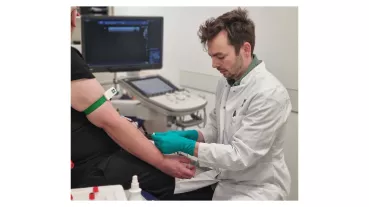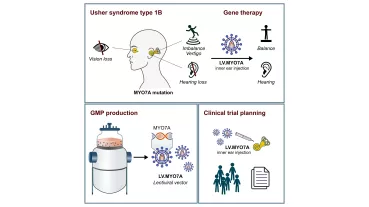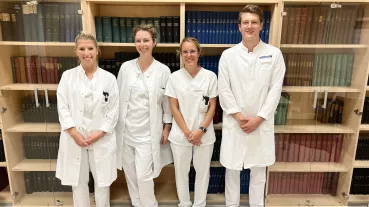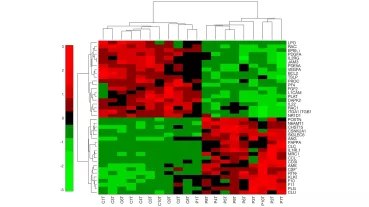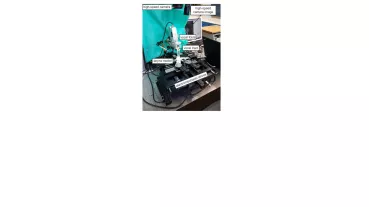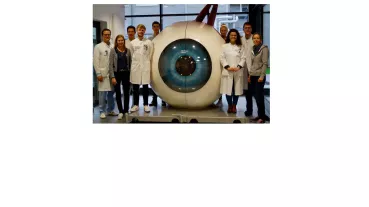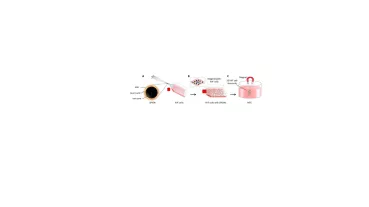Analysis of the influence of extreme prematurity on visual function, visual quality of life and retinal morphology in adulthood - the Gutenberg Prematurity Study
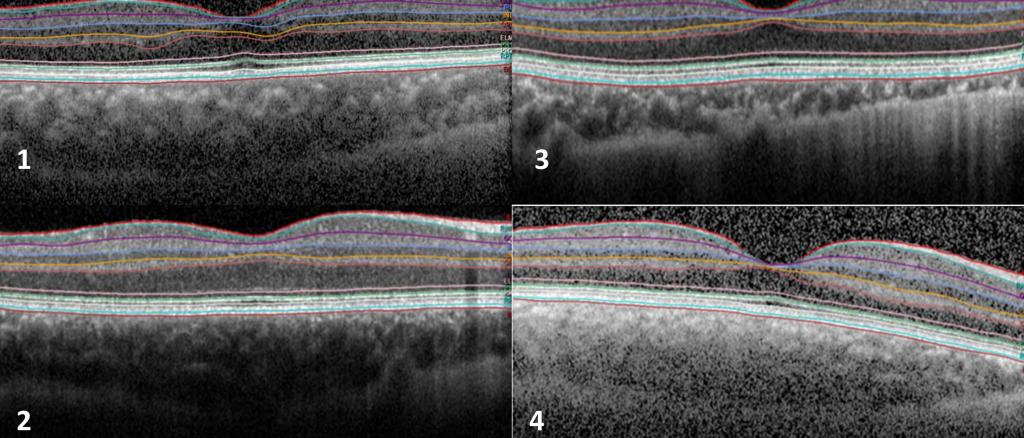
Explanation of the figure:
The four figures show a 1:1 pixel view of the horizontal SD OCT measurements of retinal layer thickness. The four figures show a 1: 1 pixel view of the horizontal SD OCT measurements of retinal layer thickness. The images show the macular B-scan with colored lines delineating each retinal layer. The foveal retinal layer thickness is significantly thicker and the foveal depression is absent in preterm children compared to term children.
Fig.1) 5-year-old boy born with gestational age of 23 weeks with postnatal ROP.
Fig.2) 6-year-old boy born with gestational age of 25 weeks without postnatal ROP.
Fig.3) 7-year-old girl born with gestational age of 30 weeks without postnatal ROP.
Fig.4) 4-year-old girl with gestational age of 38 weeks.
Project:
In former premature infants, numerous visual disorders and an increased incidence of eye diseases in childhood have been observed. However, it is hardly known to what extent these changes will continue into adulthood. The aim of the Gutenberg Prematurity Study is to investigate the influence of preterm birth and related factors on visual function, visual quality of life and retinal morphology in adulthood. For this purpose, 400 formerly premature and mature infants between the ages of 18 and 55 will be examined. From this, guidelines for possibly necessary ophthalmological check-ups of formerly extremely prematurely born children in adulthood will be developed to avoid future visual impairment and blindness.
Here you can find more information.
